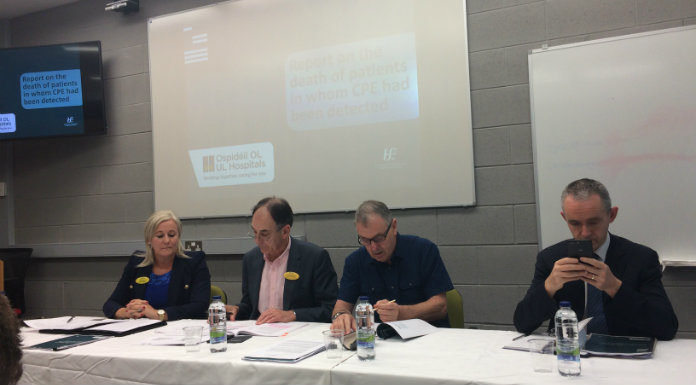A review by the UL hospitals group into cases of the CPE superbug have found that it contributed to the deaths of eight patients at University Hospital Limerick.
However, the external review says no patient died directly as a result of the bug.
Following an internal review, this external investigation was carried out by UK microbiologist Dr Robert Spencer. This came after a whistleblower expressed concerns about the deaths of patients at University Hospital Limerick due to CPE.
The review explored the deaths of 73 patients between February 2009 and May of last year and concludes there were eight patients where CPE may have been an associative factor in their deaths.
No patient died directly from CPE and all eight patients had significant underlying health problems.
CPE is an antibiotic-resistant superbug which can be fatal if it gets into the bloodstream or urine.
The first ever case of CPE in Ireland was isolated at UHL in 2009, and while recent years have seen a general upward trend in detections nationally, the UL Hospitals Group says there has not been a CPE bloodstream infection detected there in over three years.
The review findings have been communicated to the next-of-kin of the patients concerned and a helpline has been established.
Amongst the findings of the Hospital Group’s internal review was better infrastructure to combat the spread of CPE.
Capital funding for a new 96-bed block to isolate patients is pending, but the government says construction is a number of years away.








